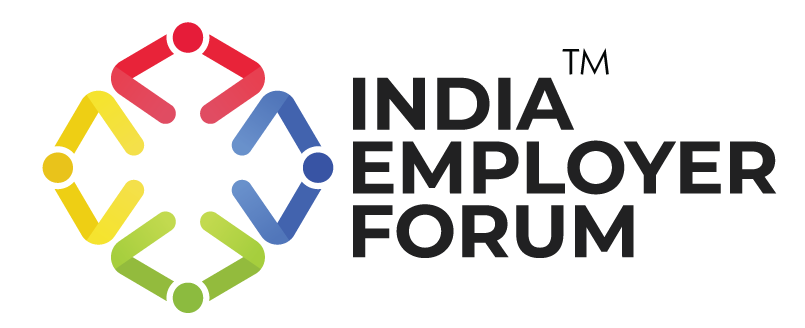For decades, companies worldwide — particularly in the U.S. — have struggled with short-termism, chasing quarterly gains at the cost of sustainable talent and organizational growth. The result is predictable: rapid hiring, frequent layoffs, widening skill gaps, and a revolving door of employees that undermines innovation, culture, and trust. Indian enterprises, however, have a unique opportunity to break this cycle. With a demographic dividend and a rapidly evolving skill ecosystem, India can lead in long-term talent thinking, where HR is not merely a cost center but the architect of organizational resilience. As the future of work becomes increasingly skill-centric and data-driven, the reactive, short-term approach is no longer tenable. The next competitive frontier for HR isn’t just about hiring fast — it’s about building talent ecosystems from within.
Beyond Hiring: Using Employee Data as a Strategic Asset
Indian companies today have access to more employee data than ever — from learning hours and performance metrics to skill inventories and career preferences. But data by itself doesn’t drive growth; insight does.
Progressive HR teams can use workforce analytics to map employee growth trajectories against business goals. Instead of treating data as a compliance tool, they can leverage it as a strategic compass — asking not “Who can we hire?” but “Who can we grow?” At a time when AI, automation, and platform work are redefining jobs, this shift from transactional HR to predictive HR could decide which companies thrive in India’s next decade of growth.
The Indian Playbook: Leveraging the power of internal mobility
A striking example comes from Ericsson India, where nearly 45% of roles are now filled internally. This isn’t luck — it’s design. The company has invested heavily in skill mapping, transparent internal job postings, and structured reskilling programs. The outcome: faster deployment of talent, reduced hiring costs, and a workforce that evolves with the business. Ericsson’s model shows that when employees see visible growth paths, retention becomes a natural outcome — not a forced HR metric.
Leading Indian firms are already embedding this India-first HR philosophy, where talent is not seen as a transaction, but rather a long-term investment:
- Infosys’ “Reskill and Reignite” program helps employees pivot to emerging areas like cloud, AI, and cybersecurity. The company’s Digital Radar reports show how internal learning pipelines have replaced external hiring sprees in critical roles.
- TCS has long relied on its Talent Development Framework, which maps 100+ competencies to future business needs. Around 70% of its digital leadership roles are filled internally.
- Wipro’s “CareerNext” initiative allows employees to apply for internal gigs across functions, encouraging mobility without exit.
- Mahindra Group runs its Rise for Good Leadership Program, grooming internal talent across its diverse verticals — from automotive to finance — to ensure a leadership bench built from within.
Why Long-Term Thinking Must Replace Short-Term Reflexes
Short-term hiring may deliver quick wins, but it’s expensive and unsustainable. Constant churn drives up costs and undermines culture. In contrast, companies that nurture internal growth gain trust equity — employees stay longer, learn faster, and align deeper with the organization’s purpose. The Indian corporate landscape is now mature enough to pivot away from hiring cycles driven by project pipelines toward career ecosystems driven by capability. This means:
- Using predictive analytics to anticipate skills needed 3–5 years ahead.
- Building modular learning pathways that align with business objectives.
- Embedding internal mobility as a core HR KPI.
Building Long-Term Organizational Resilience
The short-term mindset — hire fast, restructure faster — erodes culture, weakens institutional memory, and comes with hidden costs such as high attrition and low engagement, as seen in many U.S. corporations that prioritized shareholder returns over workforce sustainability. In contrast, sustainable growth depends on nurturing talent as a constant amidst market uncertainty. Organizations that think in decades rather than quarters, leveraging internal growth, data-driven insights, and strategic HR leadership, build resilience that lasts. When HR evolves from a support function to the architect of capability, companies stop merely reacting to talent gaps and start predicting and filling them from within. In a world where change is the only constant, the firms that invest in growing their people will find that their people, in turn, grow the company — creating a cycle of long-term value, loyalty, and innovation.






